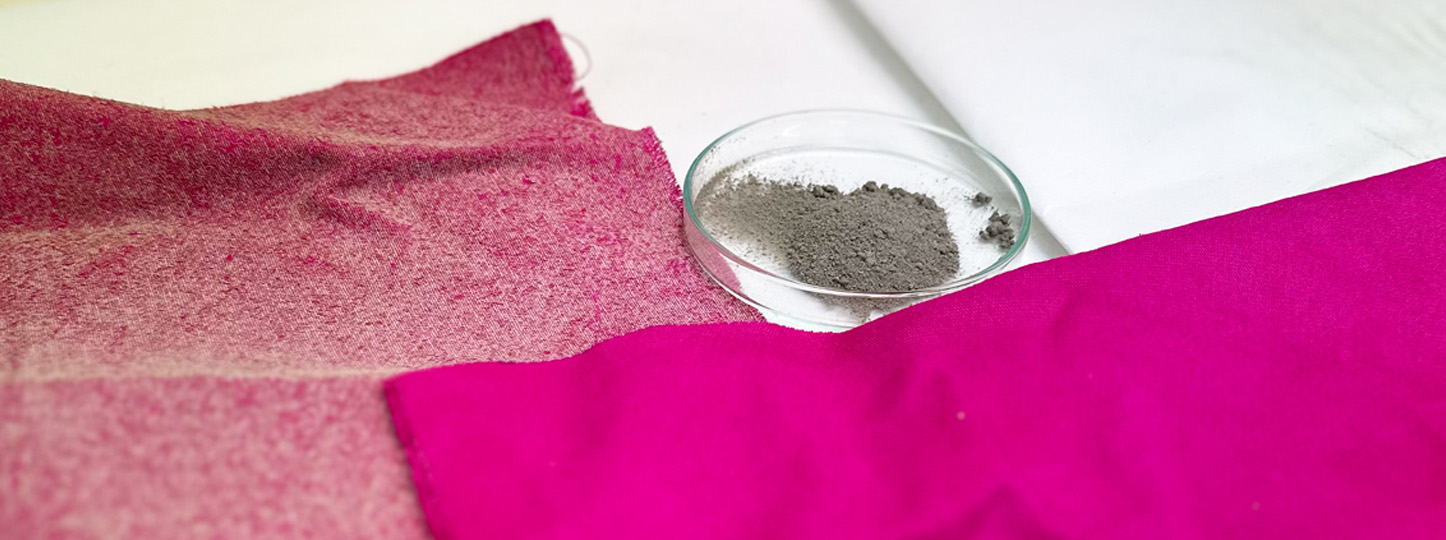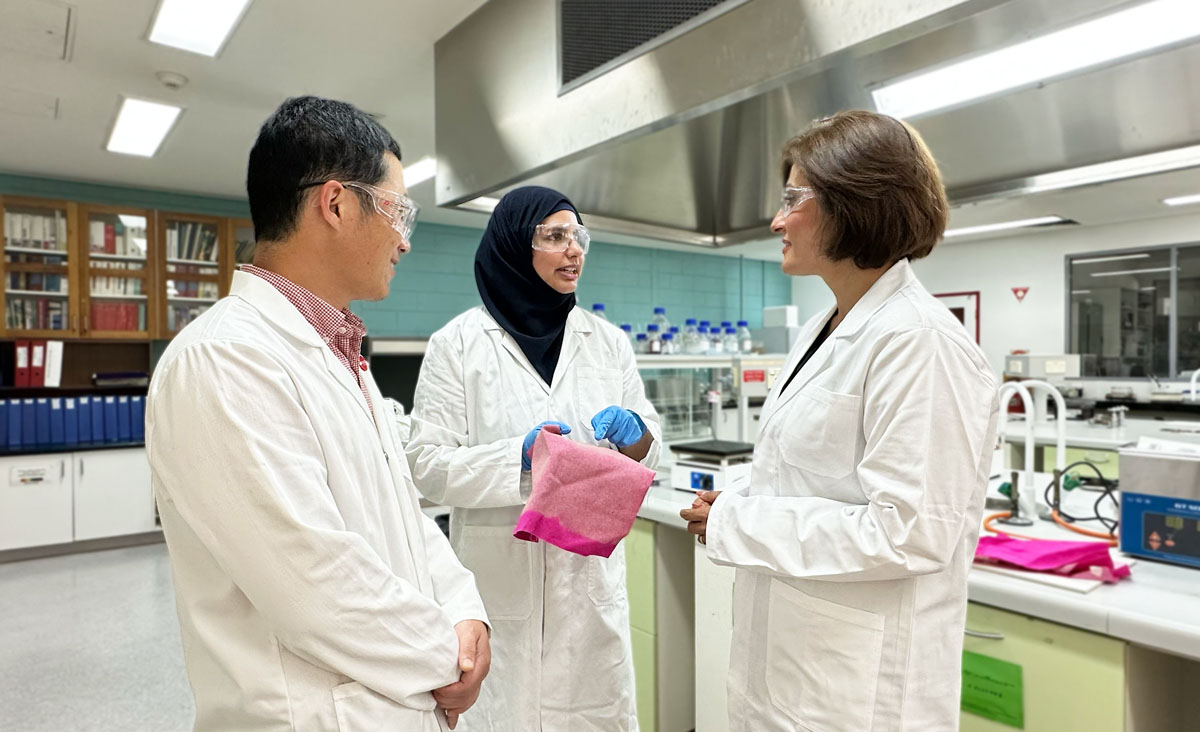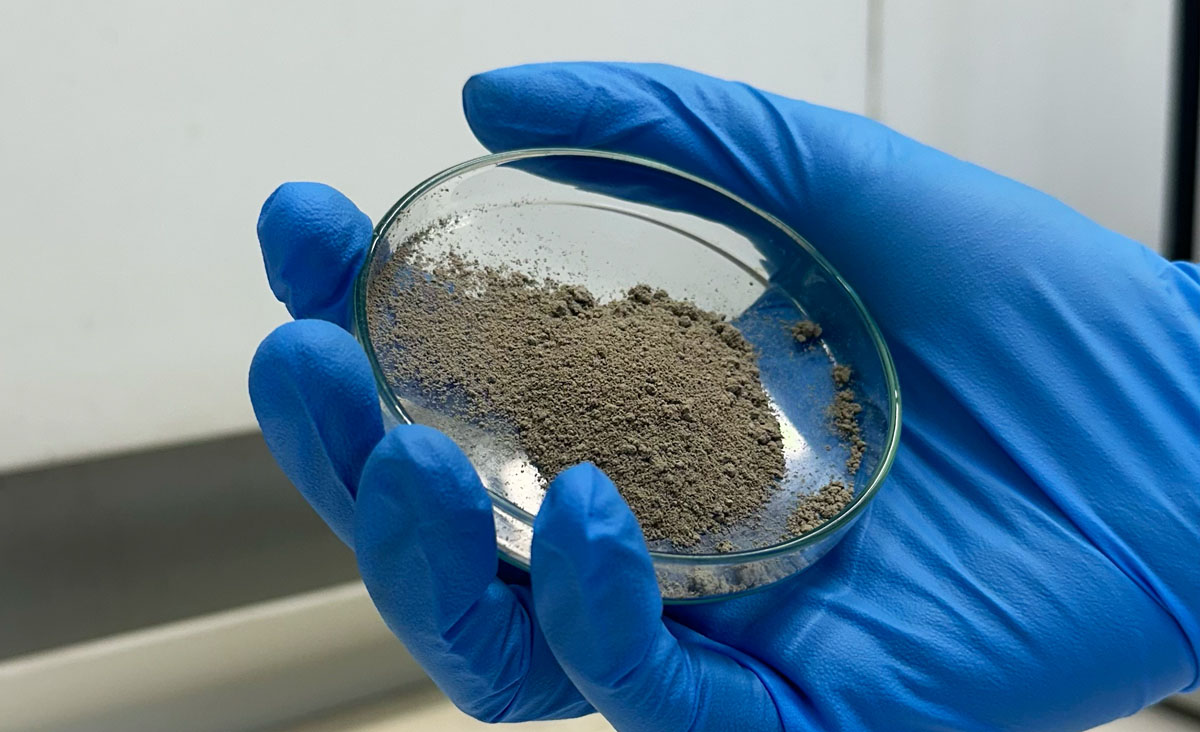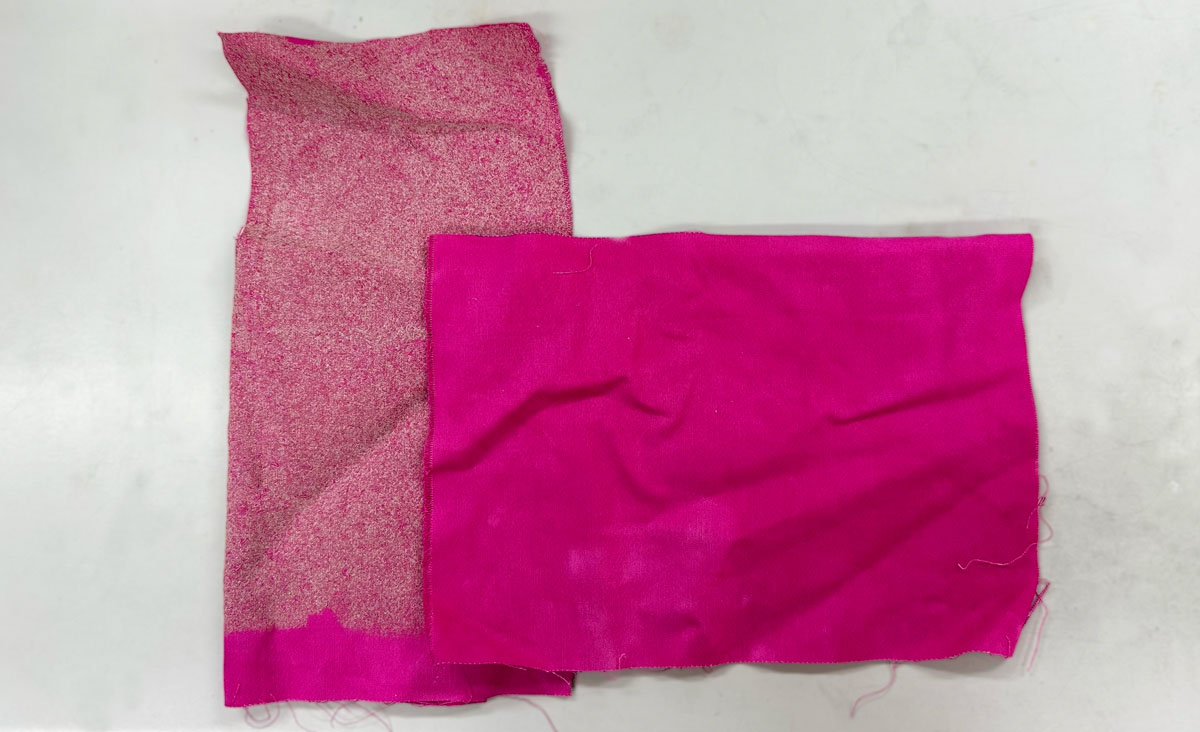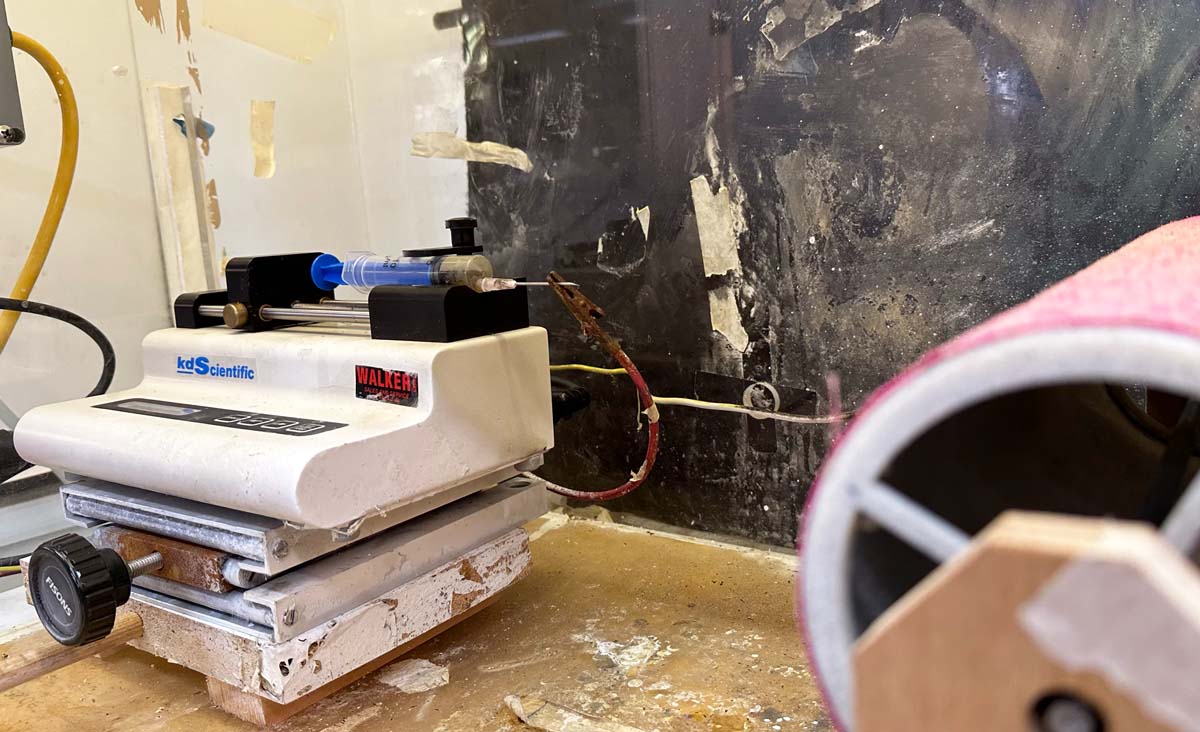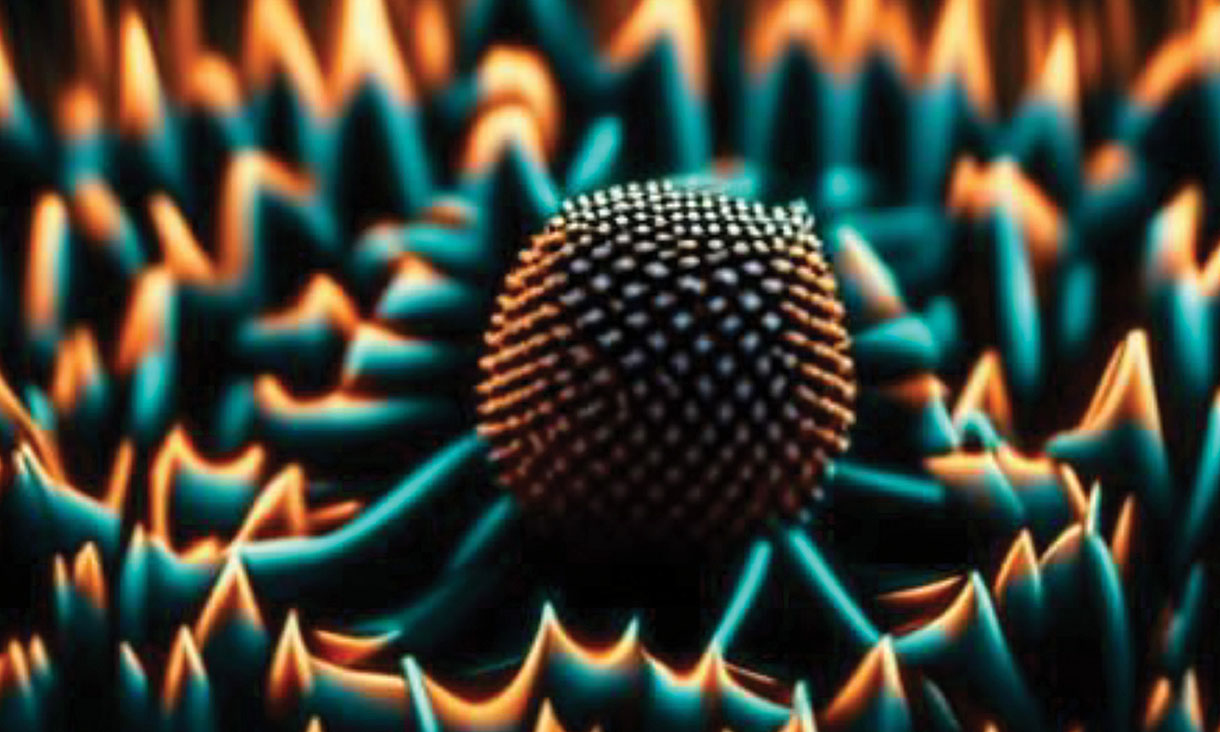Silicon spikes take out 96% of virus particles
An international research team led by RMIT University has designed and manufactured a virus-killing surface that could help control disease spread in hospitals, labs and other high-risk environments.
RMIT graduates celebrated at the 2023 Victorian Premier’s Design Awards
A toolkit to help fashion businesses build better strategies for a sustainable future and a prosthetic leg for amputee motorcyclists designed by RMIT graduates were praised at the 2023 Victorian Premier’s Design Awards.
New exhibition explores AI’s influence on the future of photography
A new exhibition at RMIT Gallery explores photography’s transformation into a software output, featuring an interactive AI-image-generator.
Aussies in denial about impacts of generative AI
A new report reveals Australians lack a crucial understanding of the extent generative AI is expected to disrupt their roles.
